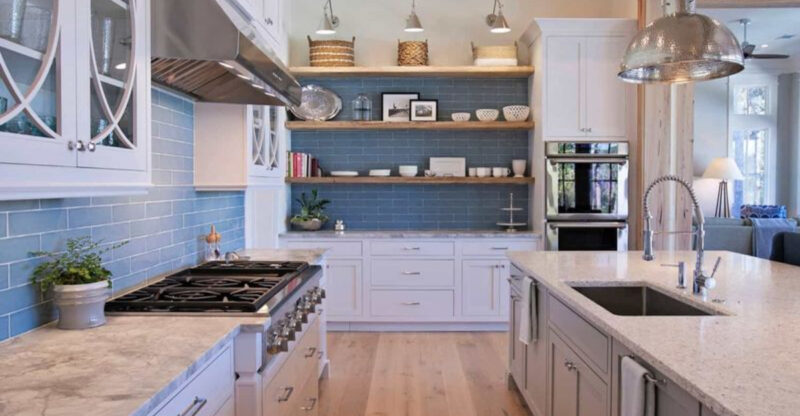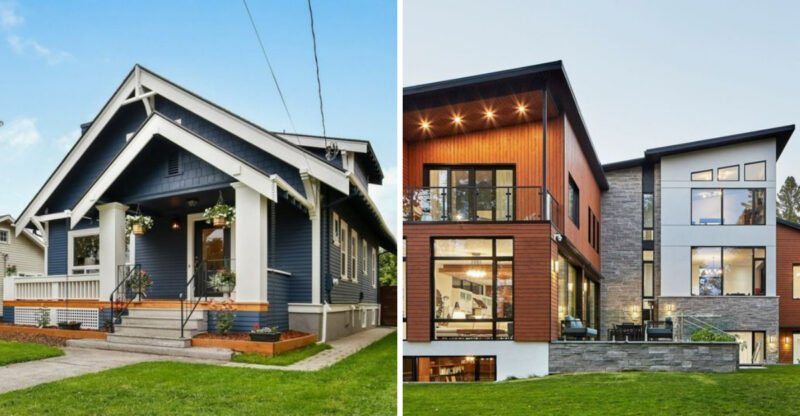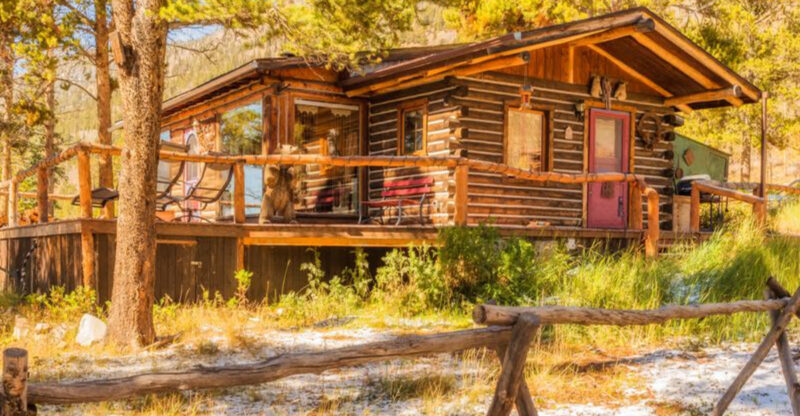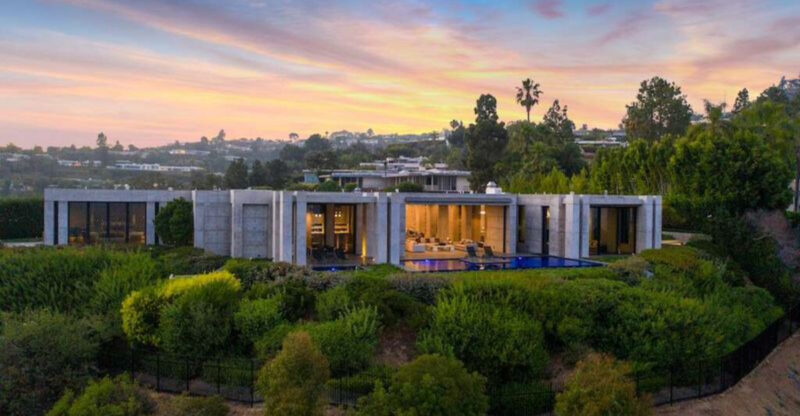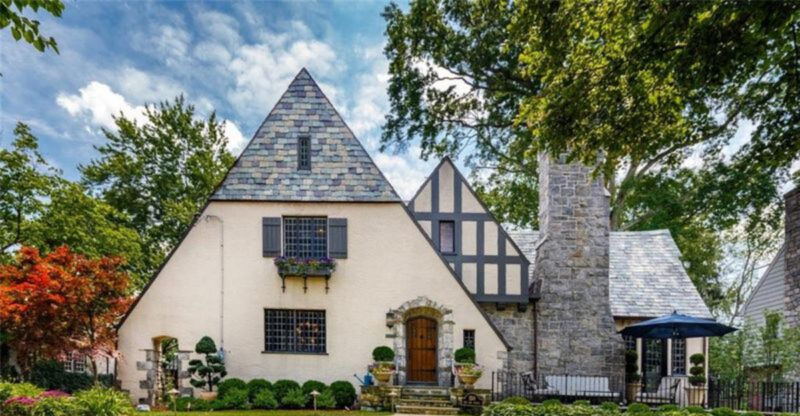10 Vintage-Inspired Facades That Define Los Angeles’ Historic Charm
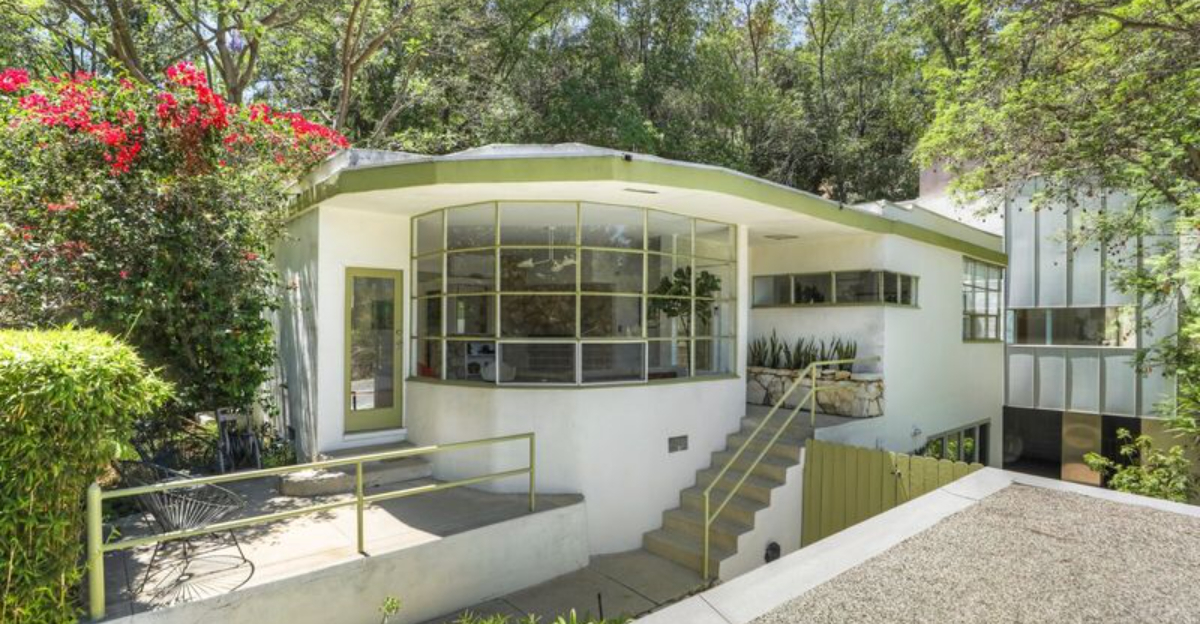
Los Angeles isn’t just about Hollywood glamour and palm-lined beaches. The city hides architectural treasures that tell stories of bygone eras, from the roaring twenties to post-war optimism.
Walking through neighborhoods like Hancock Park, Silver Lake, or West Adams feels like stepping into a living museum of architectural styles that have shaped LA’s unique character.
Let’s explore ten distinctive facade styles that give Los Angeles its timeless appeal and historic personality.
1. Spanish Colonial Revival Stucco Exteriors
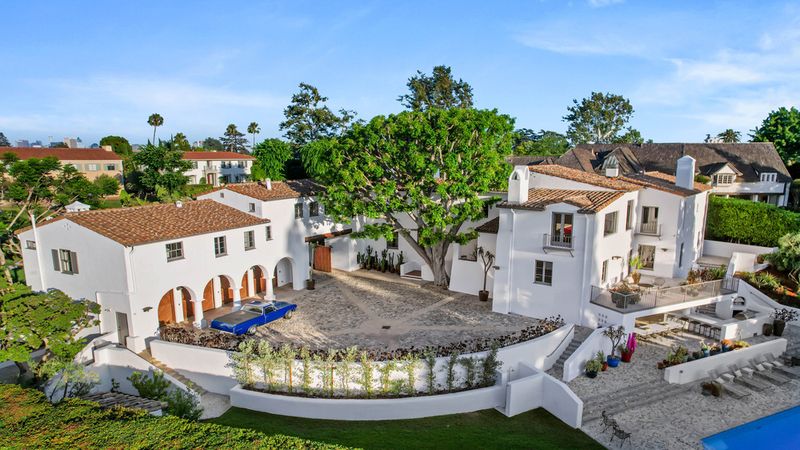
White-washed stucco walls gleaming under the California sun represent the essence of Los Angeles’ architectural identity. This style boomed after the 1915 Panama-California Exposition, when architects fell in love with Spain’s architectural language.
The smooth, hand-troweled stucco exteriors create a canvas for dramatic shadows cast by protruding wooden beams, wrought iron details, and carved stonework. Buildings like the Adamson House in Malibu showcase how this style embraces indoor-outdoor living with courtyard designs.
Wandering through neighborhoods like Hancock Park or Beverly Hills, you’ll spot these timeless facades with their low-pitched red tile roofs and asymmetrical compositions. Their enduring popularity speaks to how perfectly they complement Southern California’s Mediterranean climate and lifestyle.
2. Mission-Style Arched Entryways
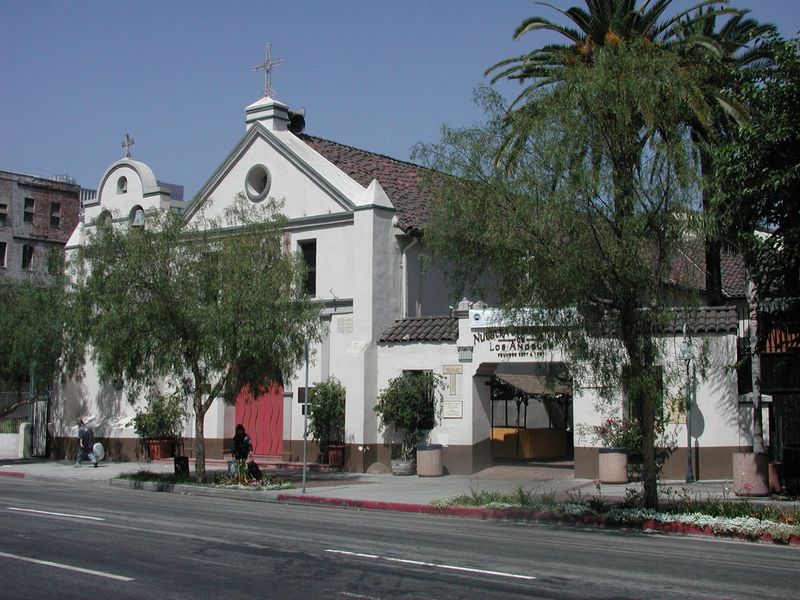
Have you ever noticed those distinctive curved doorways that seem to welcome you with open arms? Mission-style arches trace their roots to California’s Spanish missions, creating entrances that feel both grand and inviting.
The gentle curves of these arched doorways and windows soften the building’s appearance, creating a harmonious transition between indoors and outdoors. Often framed by decorative tilework or carved stone details, these entryways transform ordinary buildings into architectural statements.
The Avila Adobe on Olvera Street, LA’s oldest standing residence, exemplifies this style beautifully. These archways aren’t just decorative they’re practical too, providing natural cooling through increased air circulation while creating dramatic shadow patterns that change throughout the day.
3. Art Deco Geometric Details
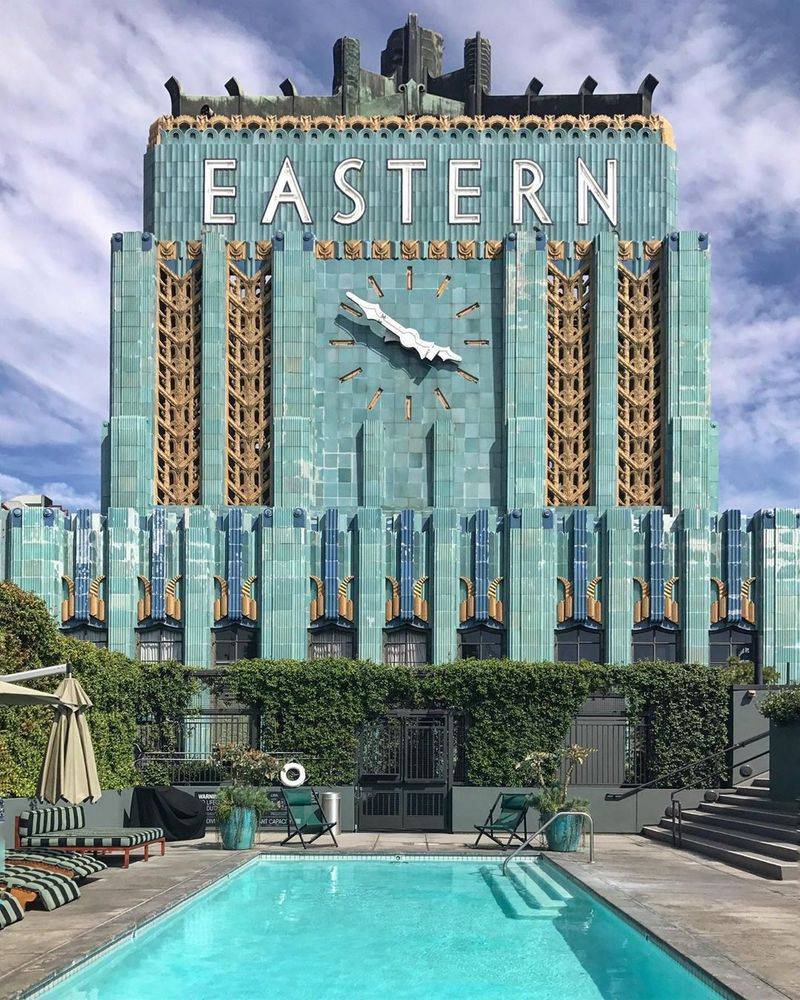
Zigzags, chevrons, and stepped forms Art Deco facades bring 1920s glamour to LA’s streetscapes. This bold style arrived as the city was experiencing explosive growth, leaving an indelible mark on buildings like the Eastern Columbia and Wiltern Theater.
The distinctive geometric patterns are often rendered in vibrant colors or metallic finishes that catch sunlight dramatically. Stylized flora, fauna, and human figures add personality to these mathematical compositions, telling stories through ornamental details.
What makes LA’s Art Deco special is how it often incorporates references to Egyptian, Mayan, and Aztec motifs a nod to archaeological discoveries that fascinated the public during this era. These buildings don’t just reflect architectural trends but capture the optimistic, forward-looking spirit of pre-Depression Los Angeles.
4. Craftsman Bungalow Woodwork
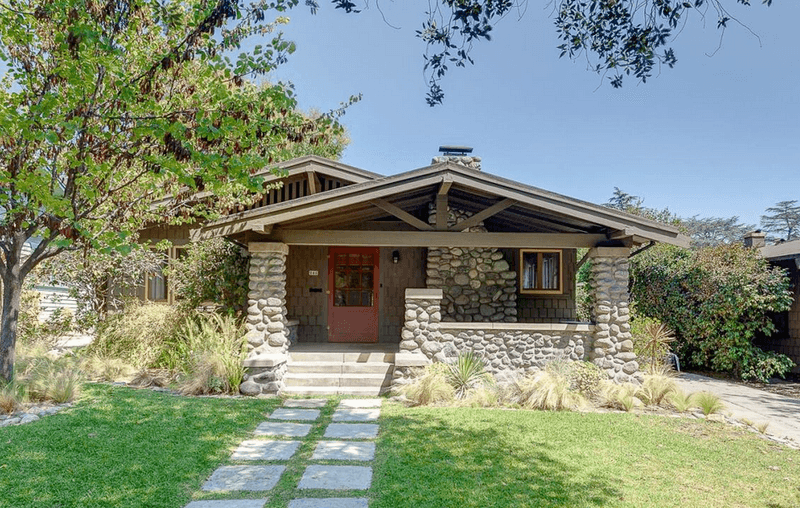
Nowhere does the Craftsman bungalow style feel more at home than in LA’s historic neighborhoods. These humble yet dignified homes showcase natural materials and honest craftsmanship with their wide front porches supported by tapered columns.
The exposed wooden elements tell a story of skilled hands at work from decorative brackets and beams to intricately detailed window casings. Unlike more ornate styles, Craftsman facades emphasize horizontal lines and celebrate the inherent beauty of materials rather than hiding them.
Though they look timeless now, these homes were actually revolutionary when they appeared in early 20th century Los Angeles. They rejected Victorian fussiness in favor of simplicity and connection to nature. Neighborhoods like Highland Park and Pasadena’s Bungalow Heaven preserve hundreds of these architectural gems.
5. Tudor Revival Half-Timbering
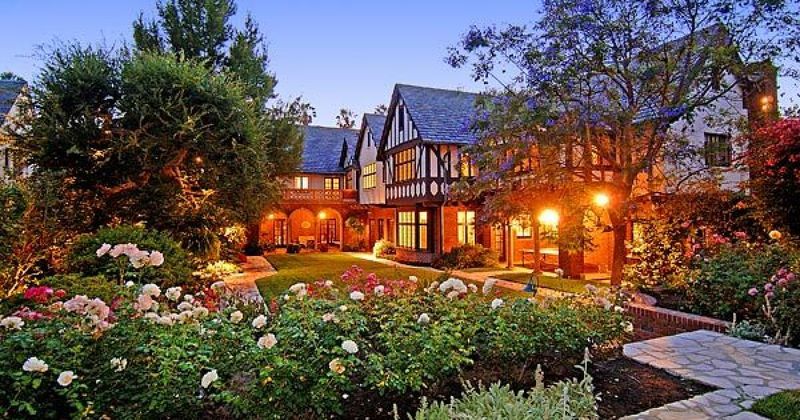
It’s a delightful surprise to find medieval English countryside aesthetics tucked into Los Angeles neighborhoods. Tudor Revival facades feature distinctive half-timbering dark wooden beams contrasted against light-colored stucco or brick.
These buildings transport viewers to another time with their steeply pitched roofs, decorative chimney pots, and leaded glass windows. The asymmetrical designs create a storybook quality that makes each building unique, as if grown organically rather than built.
Hancock Park and Windsor Square showcase some of LA’s finest examples, built during the 1920s when wealthy Angelenos embraced this romantic style. The half-timbering might be decorative rather than structural in these California interpretations, but the charming effect remains creating unexpected pockets of Old World atmosphere in this thoroughly modern city.
6. Mediterranean Tile Roofs
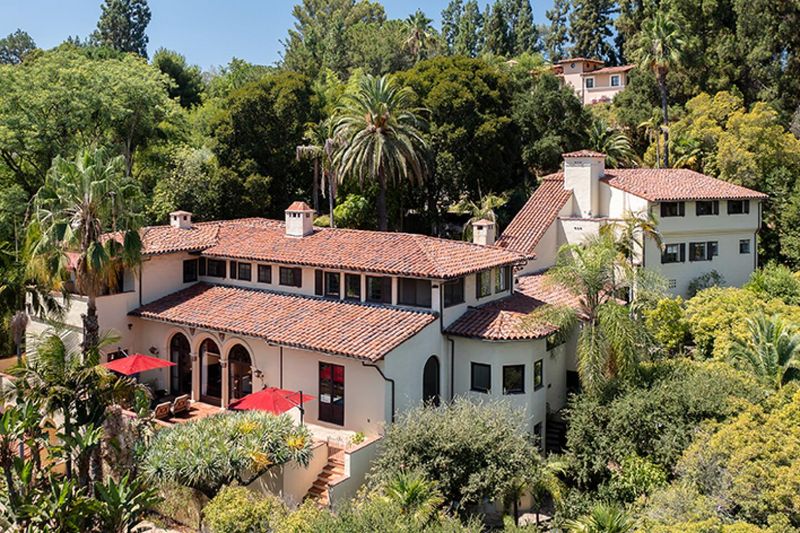
Those unmistakable terracotta tiles cascading down rooftops represent perhaps the most iconic element of Los Angeles’ architectural identity. Their warm orange-red hues perfectly complement the golden California sunshine, creating a visual harmony that seems meant to be.
Craftsmen shaped these clay tiles by hand, often molding them over their thighs to create the distinctive curved profile. This handmade quality gives each roof subtle variations in color and texture that machine-made materials can never replicate.
Beyond their beauty, these tile roofs serve practical purposes providing excellent insulation against heat and lasting for generations. Buildings like the Getty Villa and countless homes throughout Beverly Hills showcase how these roofs crown Mediterranean-inspired designs with authentic character while connecting Los Angeles to its Spanish colonial past.
7. Victorian Painted Lady Color Schemes
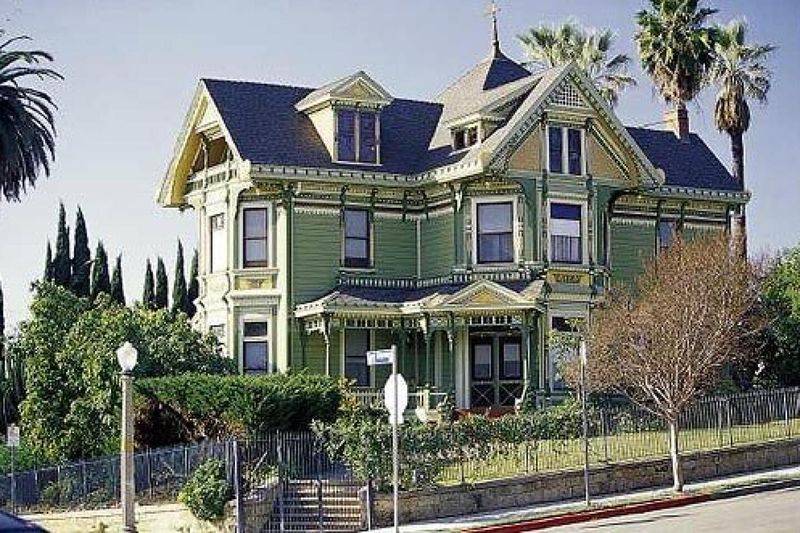
Splashes of lavender, mint green, and salmon pink bring nineteenth-century charm to streets like Carroll Avenue in Angelino Heights. These meticulously painted Victorian “Painted Ladies” showcase how color can transform elaborate woodwork into true works of art.
The multi-colored schemes highlight architectural details that might otherwise be lost the intricate spindles, fish-scale shingles, and ornamental brackets that characterize these ornate homes. Each painted element serves a purpose in the overall composition, creating a harmonious yet vibrant facade.
Though fewer in number than San Francisco’s famous examples, LA’s Victorian painted ladies represent an important chapter in the city’s development before the craftsman and revival styles took hold. Their preservation offers a colorful glimpse into Los Angeles during its early boom years when new residents brought architectural traditions from back East.
8. Mid-Century Modern Clean Lines
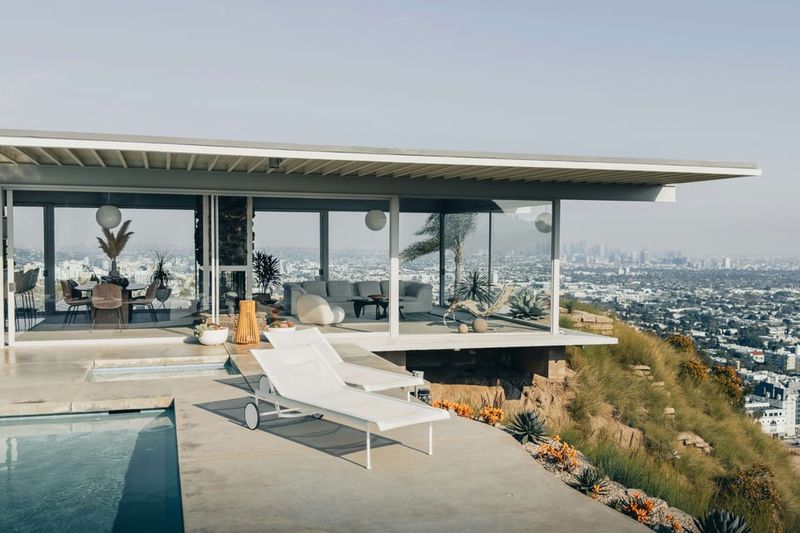
If walls could speak, LA’s mid-century facades would tell stories of post-war optimism and space-age dreams. These buildings reject ornamental excess in favor of honest expression of structure and materials.
Floor-to-ceiling glass walls blur boundaries between indoors and outdoors, while geometric forms create bold shadows that change throughout the day. Architects like Richard Neutra and John Lautner transformed residential architecture by emphasizing horizontal lines that seem to float above the landscape.
The Case Study Houses program left an especially significant legacy, with homes that still feel revolutionary decades later. These facades don’t just represent an architectural style but embody California’s forward-looking spirit. Their clean lines and innovative use of industrial materials like steel and concrete continue to influence contemporary design throughout the city.
9. Beaux-Arts Decorative Cornices
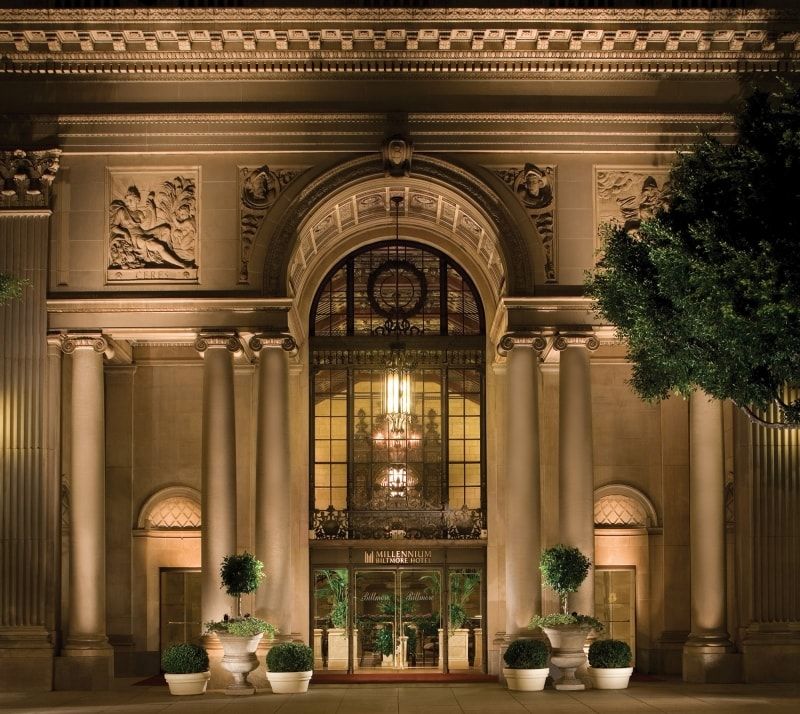
Looking upward in downtown Los Angeles reveals architectural treasures that most pedestrians miss elaborate cornices crowning some of the city’s most distinguished buildings. These decorative elements mark the transition between building and sky with flourishes worthy of Parisian boulevards.
Inspired by classical architecture taught at France’s École des Beaux-Arts, these ornate details feature dentils, egg-and-dart patterns, and acanthus leaves executed in materials like terra cotta, stone, or pressed metal. The Millennium Biltmore Hotel exemplifies this lavish style with its rich ornamentation that speaks of early 20th century prosperity.
Though many were lost during earthquake retrofitting, the surviving cornices tell stories of a time when civic buildings were designed to inspire awe. Their craftsmanship represents countless hours of skilled labor and artistic vision that modern construction methods rarely match.
10. Streamline Moderne Curved Facades
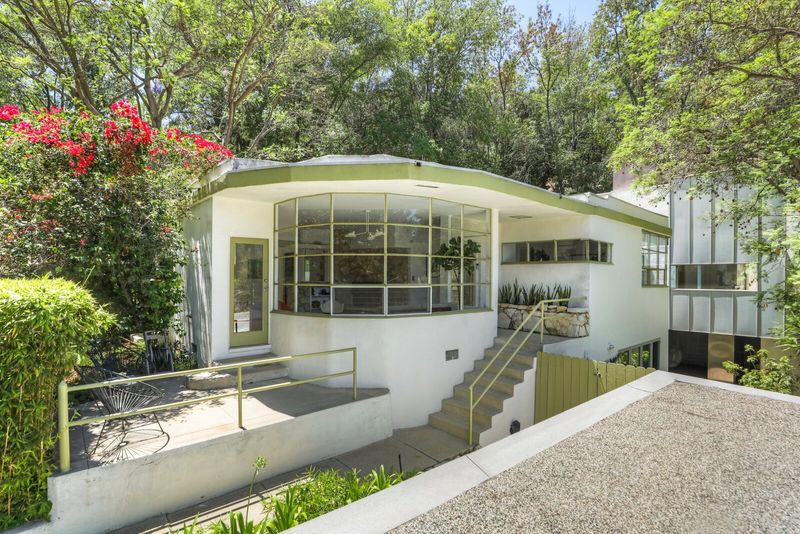
Smooth as a luxury ocean liner and sleek as a racing car, Streamline Moderne buildings brought the age of speed to Los Angeles streets. Their rounded corners and horizontal “speed lines” create a sense of movement even in static structures.
This forward-looking style emerged from Art Deco in the 1930s, embracing industrial materials like glass block, chrome, and smooth stucco. The Pan-Pacific Auditorium’s iconic green fins exemplified this aerodynamic aesthetic before its tragic destruction by fire.
LA’s surviving examples like the Coca-Cola Building or the Wilshire Boulevard Temple’s Audrey Irmas Pavilion showcase how this style captured Depression-era dreams of a streamlined future. These buildings don’t just represent architectural fashion but embody the city’s long-standing love affair with mobility and modernity, perfectly suited to the automobile culture that would define Los Angeles.

